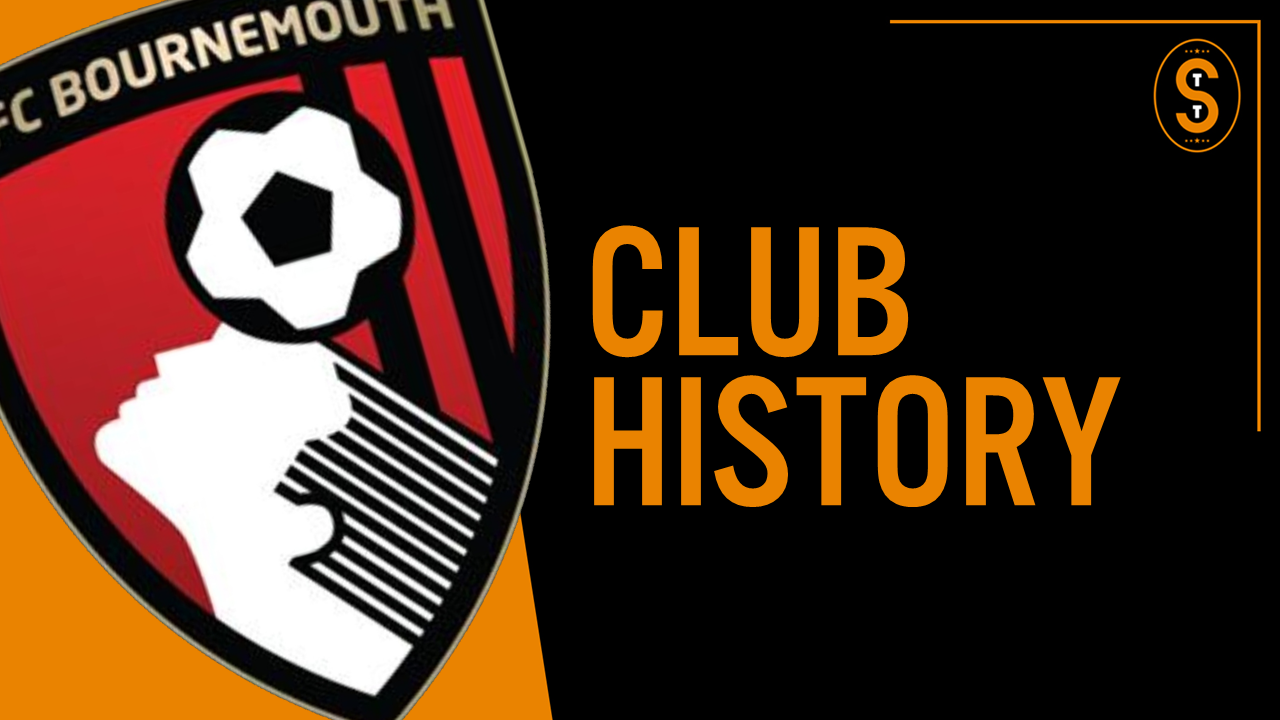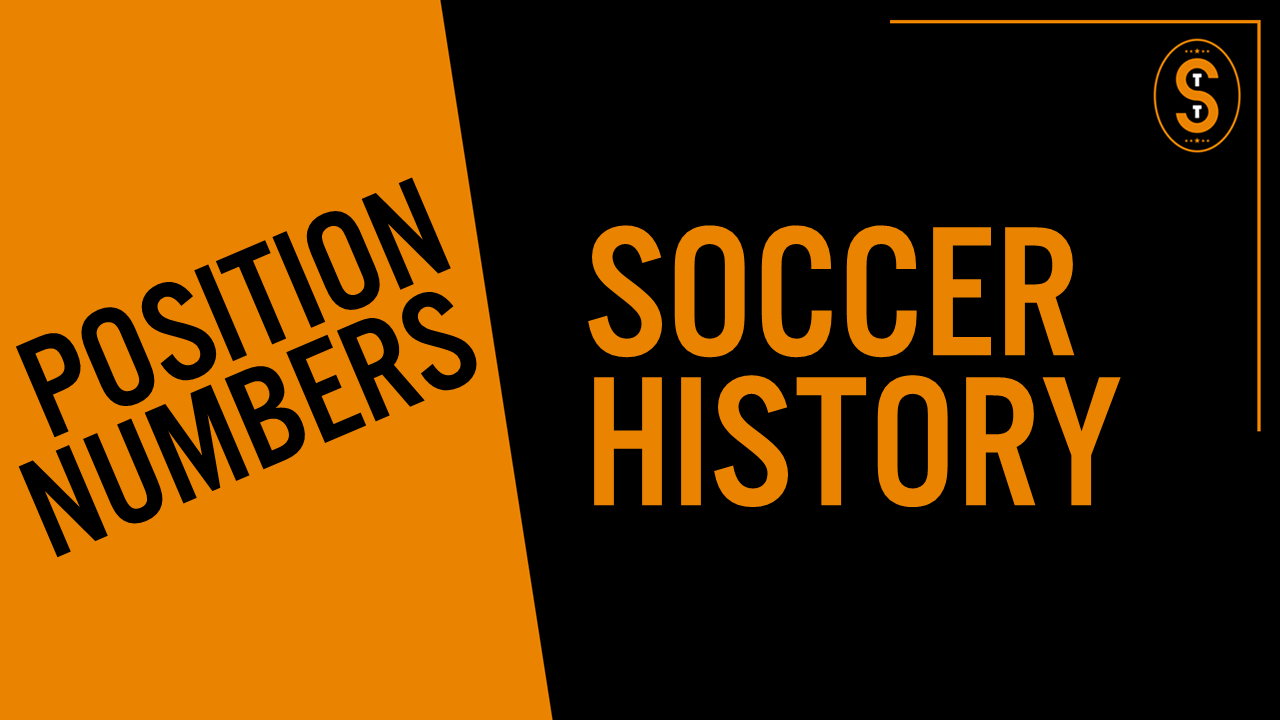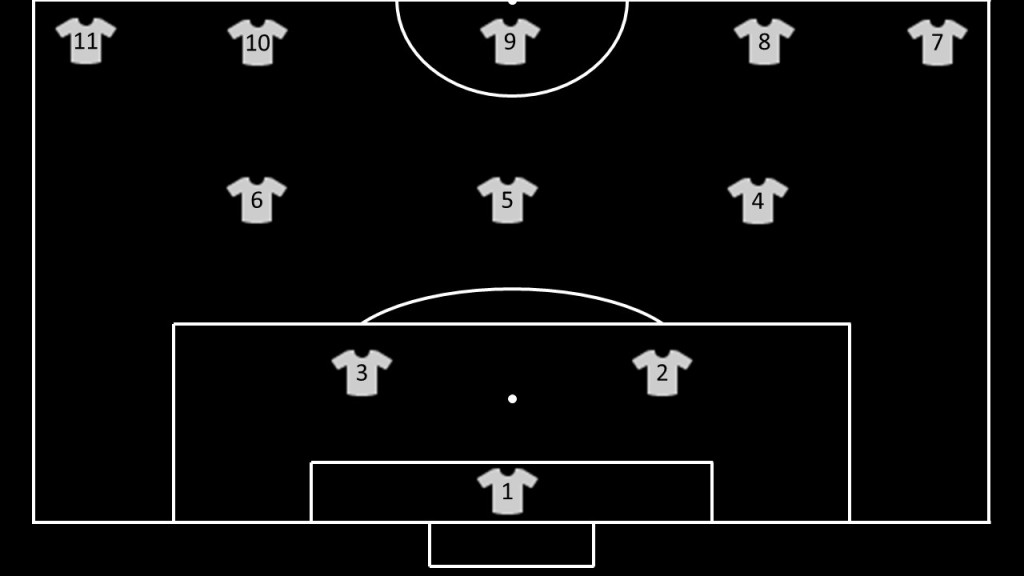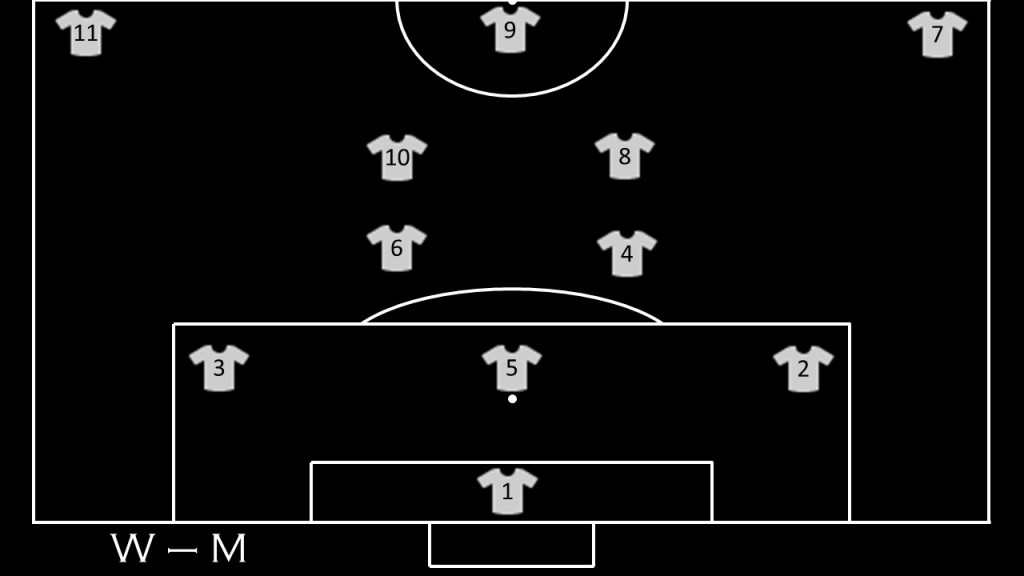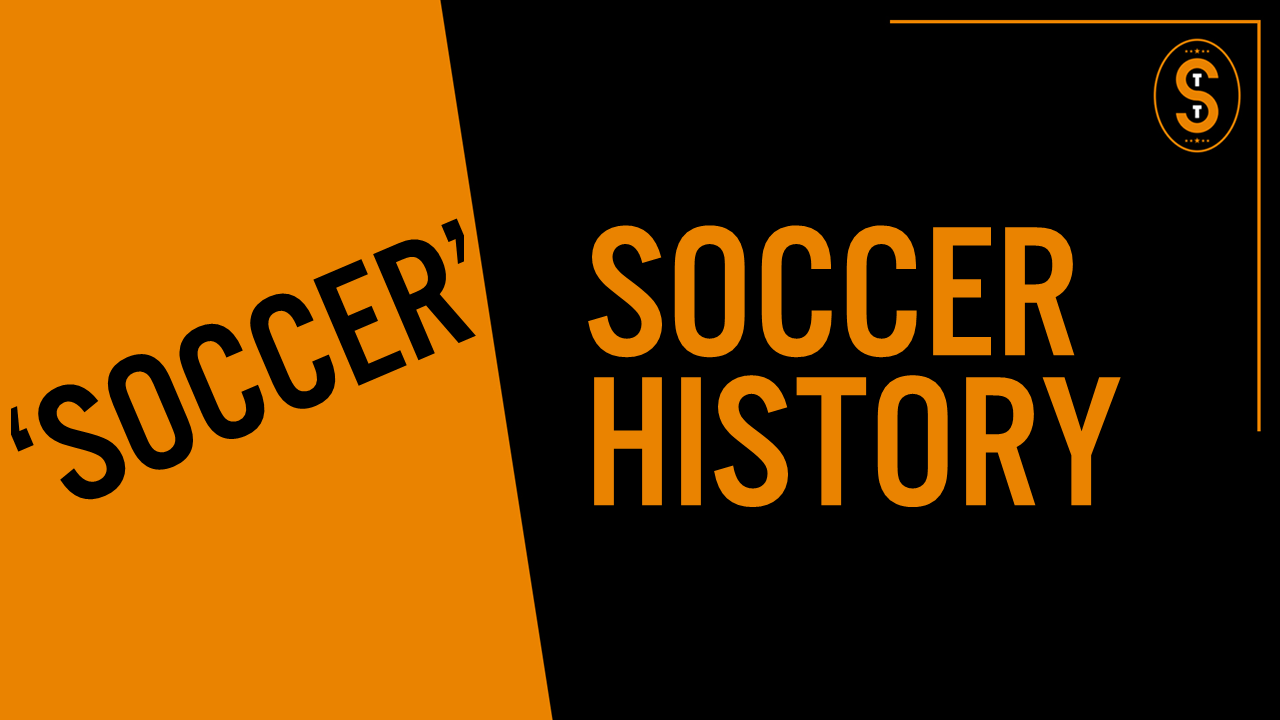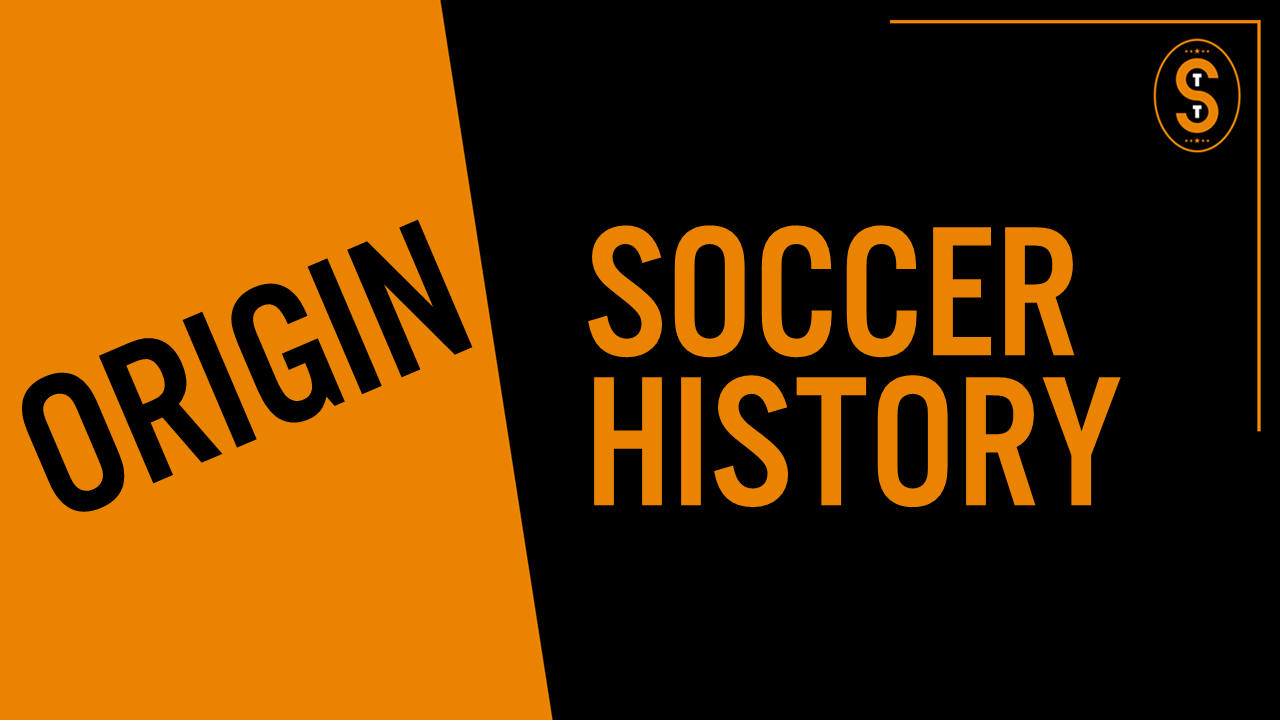Welcome to the Soccer Tavern, where we’re discussing the history, culture, and philosophy of the beautiful game. My name is Dave and we are starting a new series of videos, discussing the history of soccer clubs around the world. We’re starting in England with the Premier League and going in alphabetical order. So, first up is AFC Bournemouth. Pull up a seat and let’s start the discussion.
AFC Bournemouth, which stands for Association Football Club Bournemouth, is located in the Northeastern part of the town of Bournemouth. The town is located on the southern coast of England in the United Kingdom. Bournemouth currently play in the Premier League. The club’s home ground or stadium, is called the Vitality Stadium and holds 11,464 people. Vitality is the stadium’s corporate name. It used to be called Dean Court, which was opened in 1910.
Origin
The present club can trace its roots to 1890 when Boscombe St. Johns Institute Football Club were playing locally. Boscombe is the town right next to Bournemouth. That club disbanded in 1899 and from its remains, Boscombe FC were formed at a meeting on Gladstone Road in Boscombe. The club changed names a handful of times over the years before making their final change from Bournemouth and Boscombe Athletic to AFC Bournemouth in 1972. The logic behind this change? They would be first in any alphabetical list of English clubs.
Nickname
The club’s nickname is ‘The Cherries’. That nickname comes from 1910 where there are 2 possible explanations.
The first is that the club simply wore cherry red striped shirts and the nickname comes from that.
The second is that Dean Court was built next to the Cooper-Dean estate which included many cherry orchards.
Side note: the club actually switched from their original kit color of cherry red to plain red from the mid-1930s to 60s but switched back to cherry red in the 70s and have been wearing it ever since.
Crest
Now let’s talk about the club’s crest.
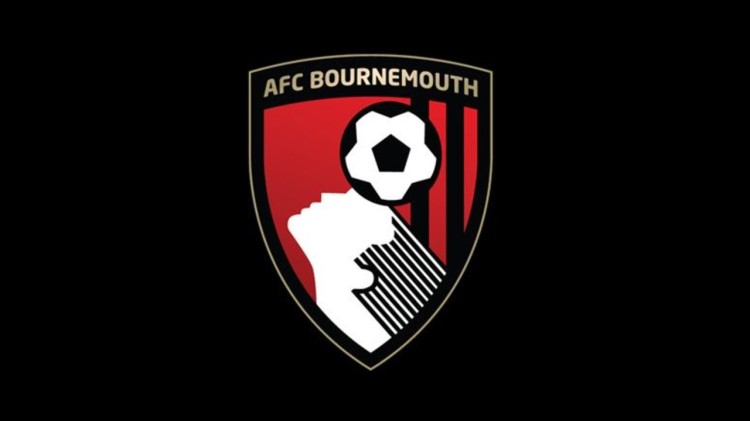
Versions of today’s crest were first used from 1971 until 1981. It resembles a computer animation of a player’s head and a ball. There have been subtle tweaks to the crest over the years, but it’s basically been the same crest since 1983. The silhouette is that of Dicky Dowsett, the former striker and commercial manager of the club who was instrumental in dropping the Boscombe suffix in 1972. The black and red vertical stripes on the right side of the crest are a reference to the club’s kit. And obviously the club’s name is at the top. Overall, a pretty simple crest.
Personally, I don’t love the current crest. Instead, let’s talk about the Bournemouth Coat of Arms, which was the club’s crest from 1923 until 1971.

The tree and roses at the top symbolize the city of Bournemouth’s award-winning gardens and parks. The center section is a shield based on the Arms of King Edward the Confessor, whose royal estate was in the area that became Bournemouth. The four salmon in the lower left corner, represent fish from the local river. Each of the lions on Bournemouth’s crest holds a rose between its paws symbolizing England. What look like six birds in the upper right corner are martlets. Martlets have no legs and are mythical but they do kinda look like Sand Martins, which are real birds that can be found close to the city. And the town’s motto at the bottom is, “Pulchritudo et Salubritas” which is Latin for “beautiful and healthy”.
Important Events
Now let’s discuss 3 important events in the club’s history
(1) In January 1997, the club was £4.5M in debt. Specifically, they had to pay the Inland Revenue Department (British Tax department) £350K or they’d receive a winding up order. A winding up order is a British term for the forced closure & liquidation of a business. Fans set up a supporters trust and became Europe’s first community-owned club. The fans & players raised £300K partially helped by a bucket collection. Only 5 minutes before the noon press conference on January 28, 1997, did the club executives have enough money to pay the tax bill & save the club.
(2) About 10 years later, the second event I’d like to discuss happened. In the 2007-2008 season, the club went into administration (bankruptcy). The club just couldn’t get it together financially… Bournemouth was seconds away from liquidation until chairman Jeff Mostyn wrote a check for £100K to pay off the debt. That saved the club financially, but the English Football league administrators had serious doubts about letting the club play the following season in League 2 (England’s 4th division and its last full professional division). The league decided the club could play, but would need to start the season with -17 points in the standings.
Quick reminder a win is worth 3 points, so they basically spotted every other club in the league 6 wins.
During the season, the club went through 2 managers before being forced into hiring Eddie Howe on New Year’s Ever 2008. Howe was a 31 year-old former club legend who had no managerial experience at all. He turned the club’s fortunes around and on April 25, 2009, Bournemouth recorded a dramatic 2-1 home win over Grimsby Town to save the club from relegation to semi-professional soccer. It was likely the most important season in the club’s history.
(3) The third event happened on May 2, 2015. After waiting 125 years to play first division soccer in England, Bournemouth won 3-0 away against Charlton Athletic to seal their promotion to the top flight for the first time in their history.
Supporters
An interesting fact about Bournemouth supporters is that the Cherries Supporters Trust, which goes back to the organization that helped save the club in 1997, still acts as the main voice in communications with the club for supporters both domestically & internationally.
Noteworthy Players
Due to Bournemouth’s relative infancy at playing at the top level, the 2 most famous players are likely Jermaine Defoe and Rio Ferdinand, who each only had short stints with the club.
Defoe had a loan stint in the 2000-2001 season and at the time of recording is back playing with the club, signing this past offseason. He’s scored over 100 goals in the Premier League for a number of different clubs and has many caps for the English National team.
Rio Ferdinand, then a West Ham player, spent two months on loan between December 1996 and January 1997, when he was 18 years old. He went on to have a legendary career with Manchester United and the English National team.
And the club certainly has legends and players who are important in the Cherries’ history, but these two are likely to be the most well-known.
Noteworthy Managers
The club’s 2 most famous managers are likely Harry Redknapp and Eddie Howe.
Harry Redknapp was the Cherries manager during some of the most exciting times in the club’s history. Bournemouth came close to promotion out of the old Second Division and even beat Manchester United in an FA Cup match under his tenure. Harry’s famous for his interactions with the press and has managed numerous clubs all over England’s different divisions.
The other manager, Eddie Howe, was a former player with 313 appearances for the club. Injuries forced him into management in 2008 (as youngest manager in all of English soccer). He proceeded to lead the club into League 1 before becoming manager of Burnley for a couple seasons. He came back in 2013, led the Cherries to promotion to the Championship before following up with a promotion campaign in 2015 into the Premier League. He is current manager of Bournemouth and is thought of as one of the best young managers in England.
Rivals
Now it’s time to talk about rivalries. Unfortunately, Bournemouth doesn’t have any true rivals.
Southampton would be the closest thing to a rival, but Southampton doesn’t really consider Bournemouth to be much of a rival.
Bournemouth also consider Portsmouth, Brighton & Hove Albion, and Reading as rivals.
The Reading supporter message boards dismiss Bournemouth as a rival, so I’m not going to discuss them too much since it appears to be a one-sided rivalry.
Southampton, Portsmouth & Brighton & Hove Albion are all down to proximity. All 4 clubs (including Bournemouth) are in towns located along England’s south coast. That’s where I’ll leave Portsmouth & Brighton since it doesn’t appear to be too much backstory to those rivals beyond just they play in a surrounding town.
Southampton is definitely Bournemouth’s main rival from the Cherries’ perspective. Both clubs faced liquidation in 2008 before being saved. Both play in the Premier League now but their rivalry stretches back to 2011 when both clubs were in League 1 (England’s 3rd division). Southampton went on a somewhat meteoric rise to the Premier League and Bournemouth followed suit a couple years later. The two towns get along extremely well. The clubs actually get along well too, which makes this whole rivalry a bit odd. Also, Bournemouth has only beaten Southampton a handful of times in the league dating back to 1958, so it’s not much of a rivalry in Southampton’s eyes. It’s definitely a weird, quirky rivalry but it is a rivalry to Bournemouth fans.
Stats & Records
Time to talk some stats & records as of February 2018, when I am recording this video.
Bournemouth have spent 3 seasons in the top flight in their history.
The Cherries have never won a major trophy in English soccer but they have won the Football League Trophy, which is a cup competition played only by lower league teams.
The club’s biggest success by far was winning the Championship (England’s second division) and promotion to the Premier League in the 2014-2015 season.
The club’s record league appearance holder is Steve Fletcher with 493 appearances.
Bournemouth’s record league goal scorer is Ron Eyre with 202 goals.
The club’s record transfer purchase was Nathan Ake from Chelsea FC on June 30, 2017 for about £20M.
The club’s record transfer sale was Matt Ritchie to Newcastle United on July 1, 2016 for about £10M initially with £2M in add-ons.
And one last fun fact about AFC Bournemouth: Dean Court/Vitality Stadium is the smallest ground ever in the Premier League’s history, which dates back to 1992.
So there you have it… a bit of history on AFC Bournemouth. Let’s continue the discussion in the comments section below this video.
Thanks for stopping by the Soccer Tavern. Hope to see you again sometime soon. Cheers!
